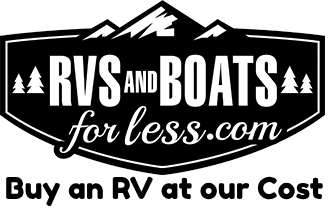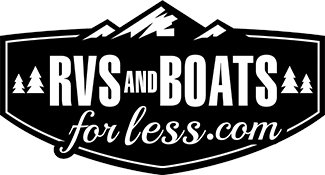Trailering & Towing Your Boat
 The temperatures are rising quickly outside as winter turns to spring, which will soon give way to summer, the best season for boating! Since most of us don’t have the luxury of a dock backed right up to the nearest lake in our backyards, we have to figure out a way to get our boats from dry land to a body of water without incident.
The temperatures are rising quickly outside as winter turns to spring, which will soon give way to summer, the best season for boating! Since most of us don’t have the luxury of a dock backed right up to the nearest lake in our backyards, we have to figure out a way to get our boats from dry land to a body of water without incident.
This involves a boat trailer and towing over the highway, sometimes for only a few miles and sometimes for hundreds, depending on the scope of your trip.
Whether you’re taking an adventure to the Pacific coast or simply looking to head to the Snake River, you’ll need to know exactly how to tow your craft safely. RVs And Boats For Less in Chubbuck is your Idaho boat dealership, which is why we’ve provided this quick guide on how to trail and tow your boat safely and easily to your vacation destination.
Adhere To Weight Restriction Laws
Your first priority is to know the gross combined weight rating (GCWR) of your towing vehicle, which will dictate how much it can safely tow. That doesn’t just mean the trailered vessel; it means the weight of any cargo and all passengers, too. There are legal limits to towing on the highway and going over weight restrictions is not only dangerous, but you’ll be breaking the law.
If you’re caught towing an overweight trailer, you’ll face a heavy fine. If you aren’t, you’re very likely to experience a tire blowout or other accident. So make sure that your towing vehicle can handle the weight of your craft. Obviously, the smaller your boat is, the lower the GCWR has to be on your vehicle.
Hitch Up Securely
Next, you’ll need to anchor the trailer to the vehicle. Set the ball joint so that it’s lower than your hitch, then get in your towing vehicle and reverse until the hitch and joint are on top of each other (a spotter outside will be helpful for this process). Lower the hitch onto the ball joint until you see and feel them lock together, securing them further with the provided clasp or pin. Cross tow chains under the hitch and attach them to the trailer.
If you have any electrical wiring that needs to be attached for brake or signal lights, do that now. Make sure to test your towing setup to see that the hitch is secure, that the signals work and that your boat won’t slip off the trailer.
Use Safe Driving Techniques
Now it’s time to hit the road! While you’re driving with your trailer hooked up, you’ll need to shift your driving style to one that’s more cautious to factor in the heavy weight you’re towing behind you. Give yourself more space between other vehicles and stick to the right lanes as much as you can so you aren’t swapping lanes all across the highway. Go slower than you normally would, no faster than 55 to 60 miles an hour. Other drivers can maneuver around you as necessary, so don’t be upset when they pass you.
It will be more difficult to reverse, brake, turn and park with a trailer behind you. Practicing these skills in an empty parking lot before your departure can help you to become more confident. Know that you’ll need more space wherever you’re going to adequately perform these tasks, both at home and at the marina or lakeside!
With a little patience and practice, you’ll easily be able to tow your craft to the nearest lake this spring. If you’re in search of boats for sale near Idaho Falls, visit our dealership in Chubbuck today. We have a full selection of new and used boats for sale and our staff will be more than happy to help you find exactly what you need. RVs And Boats For Less also welcomes our customers coming from Twin Falls and Pocatello, Idaho, as well as those coming from the greater Salt Lake City metropolitan area and Logan, Utah.









